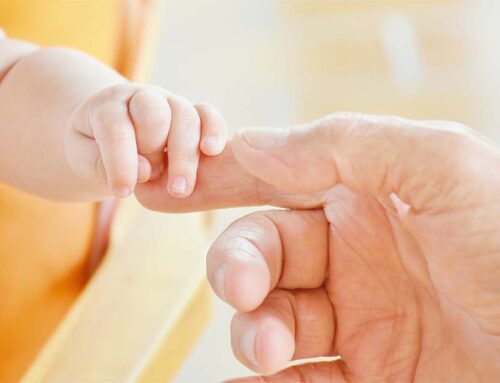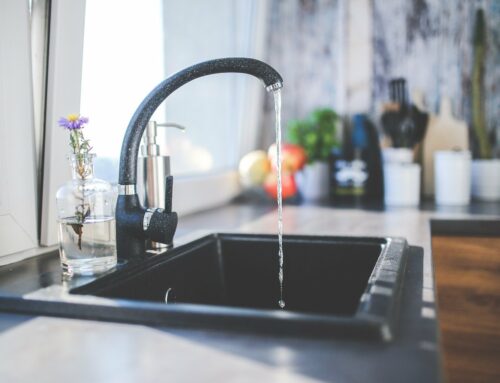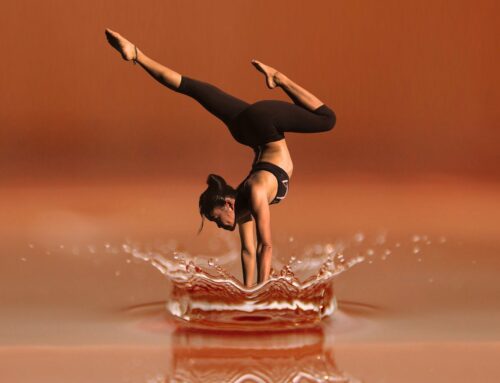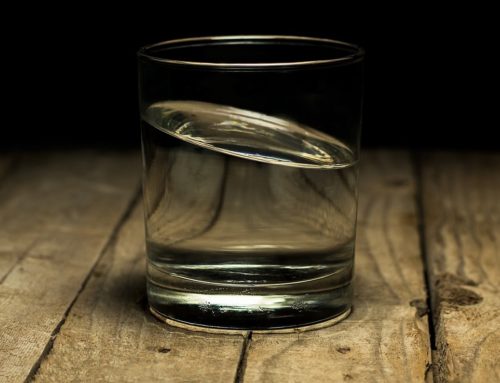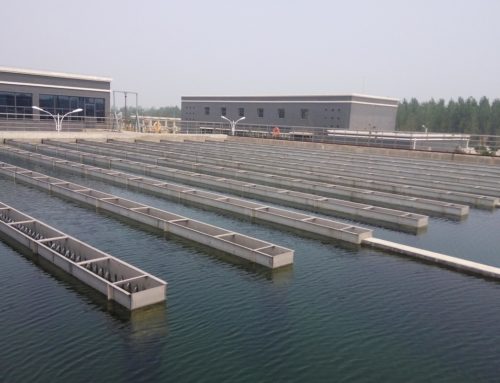The dry residue of water is what remains after the water has evaporated. In principle, these are the minerals that are in the water.
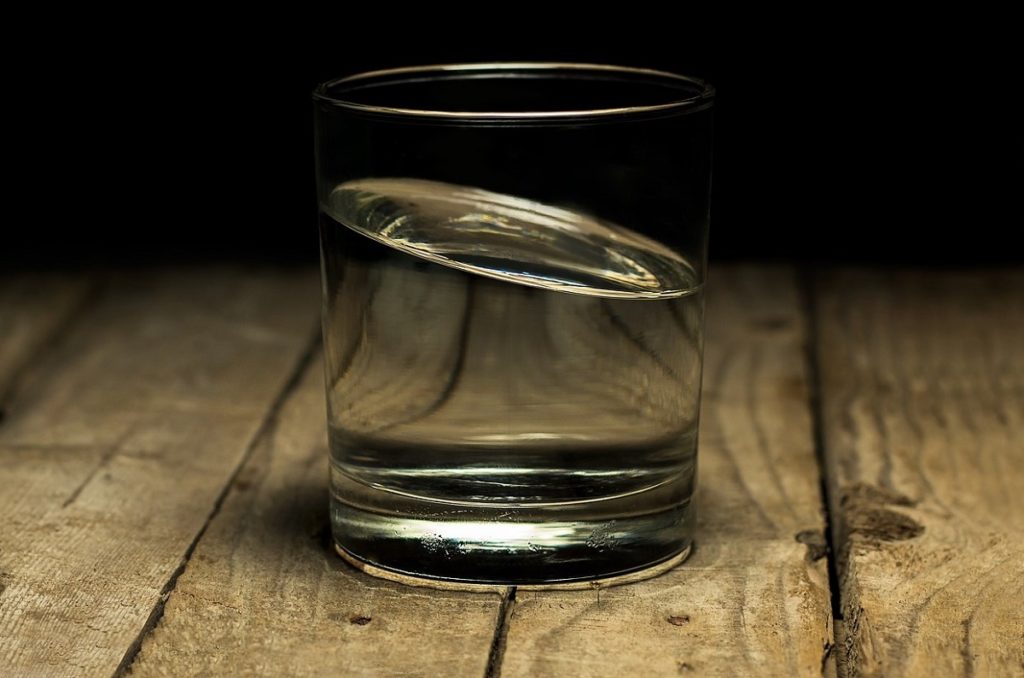
Is striving for the lowest possible dry residue in water a thing of the past?
Health freaks used to assume that the drying residue of water should be as low as possible. The theory behind this was that minerals in water are difficult for the body to absorb and therefore burden it unnecessarily. It was assumed that the sole purpose of water was to purify the body. I, who had previously read a great deal about healthy water, thought so too. Today, with an in-depth general knowledge about nutrition and health and after having done a thorough study on water, I view it differently. Distilled water is dead water.
What are colloidal minerals in water?
Colloidal minerals are very small particles of organic or inorganic minerals in a liquid medium such as water. They are so small that they do not sink to the bottom or float on the surface. They have an electromagnetic charge. They are better absorbed by the body than organic and inorganic minerals, which consist of larger particles.
What are inorganic and organic minerals and trace elements? I
Inorganic minerals are minerals and trace elements that are present in the soil, for example rocks. For humans, these are difficult to absorb. Organic minerals and trace elements come from plants or animals. They are in a chelated (bound) form, which means that they are linked to a protein. They are easily absorbed by humans.
What is the body’s average absorption capacity of minerals?
Colloidal minerals: 70 to 90% Inorganic minerals: 5 to 35% Organic minerals; 40 to 60%
Minerals in water are necessary for bio-chemical reactions in our bodies
Minerals cause active reactions in our body. Without minerals we are dead. But water without minerals also is dead water. Fish die in distilled water. In other words, in water without minerals, all life dies.
Ionization occurs in water. Ionization is the release or acquisition of electrons. Without minerals there is no (or very little) ionization of water. In other words, without minerals in water there is no exchange of electrons. And without these biochemical reactions, there is no life.
An important factor that enables water to dissolve most substances is electrical polarity. Man (and every living being) uses the powerful capacity of water to dissolve things. Many of the human biological responses are the result of bioelectric changes. Water without minerals does not conduct electricity and causes few bio-electrical changes. Only water with minerals conducts electricity and gives you energy.
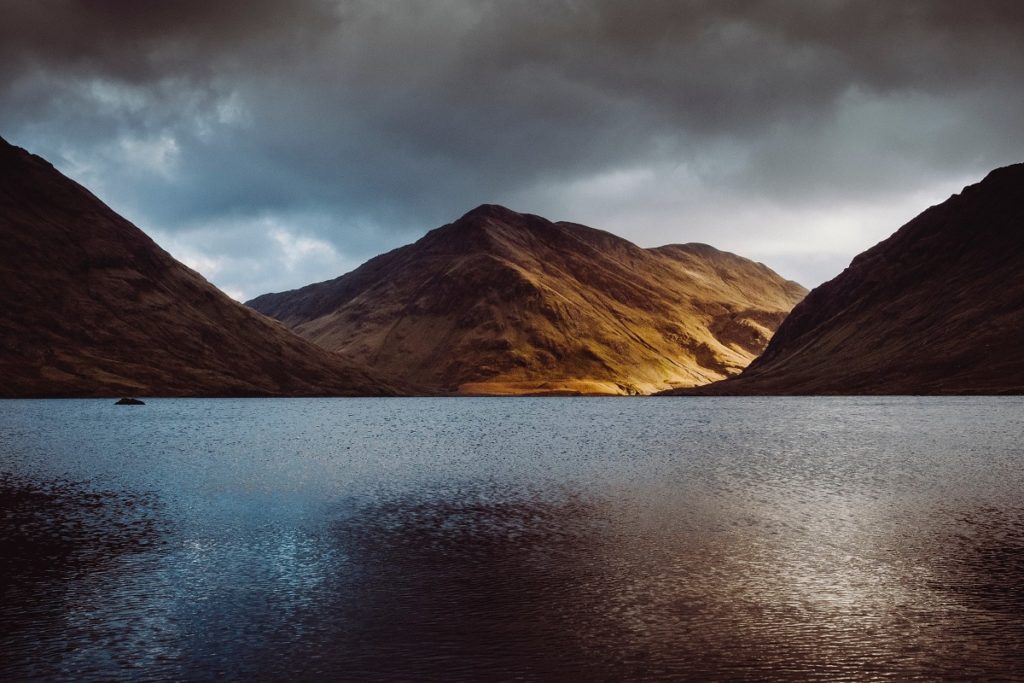
In nature there is no 100% H2O (water)
Why whould we desire water with a very low dry residue, then? It is unnatural. Michael Mascha, doctor of anthropology and founder of finewaters.com, states in his book, The unique taste of mineral water: “Pure, actual H2O water doesn’t exist. Natural water contains minerals. By removing the minerals, the water becomes acidic and aggressive, meaning that it will try to replace the removed minerals. Water that has been treated by distillation or reverse osmosis will become acidic when it comes into contact with air. The carbon dioxide that is spread through the air reacts with the water and takes the place of the removed minerals or substances.”
The conclusion is that water with a very low drying residue has no history and is imperfect water.
Water with sufficient minerals increases the electrical potential of our body and therefore the ability to store vibrations or energy. Pursuing a dry residue of 0 in the water that we drink is not a good idea at all. Distilled water with a dry residue of 0 is classified as ‘imperfect’ water. Distilled water lacks subtle energies (minerals) that contribute substantially to health. Distilled water has no history, no memory and it is impossible for it to contribute to your health.
How much dry residue in water is ideal?
Water with veryfew minerals, less than 50 mg/liter is not recommendedfor daily use. It is more aggressive or unstable water. It will actually reduce thethe electrical vitality of one’s body.
Water with more than500 mg/liter dry residue is too mineral-rich for daily use. It can lead toimbalance and too many inorganic minerals in our intestines.
A mineral content of between 50 and 500 mg/liter is considered low in minerals and is highly recommended for daily use. However, the health of such water also depends on which minerals and other substances it contains.
“Healthy water must contain a variety of minerals and trace elements, both to keep the water healthy and to provide the human body with electrical impulses. Drinking water without minerals or with too many wrong minerals causes health problems. We all need healthy, well-balanced water.” – Charlie Ryrie, the healing powers of water, p88.89.
Tap water from the factory or osmosis-device-purified water is not healthy water.
“Purified water is not pure. Water treated in the factory is not the water that forms beautiful crystals. What water needs is not purification, but respect,” Says Masaru Emoto, who gained world fame with his experiments with water crystallization. Source: Water knows the answer, p63, Masaru Emoto
I therefore do notactually believe in water treatment devices, nor in all kinds of water filters. Theyextract the electrical capacity of water. There are some devices thatare better than others and try to add minerals through algae. I nevertheless believemore in natural mineral water in glass bottles.
“Natural mineral water is the best quality water, especially when it flows from the mountain springs. The best spring water shimmers and has a clear, bluish color. It contains minerals, has a delicious taste and promotes health.” Charlie Ryrie, the healing powers of water, p92

Yin and yang between anions and cations is more important than the dry residue of mineral water
An ion is anelectrically charged atom or molecule. These ions can be positively or negativelycharged. Negatively charged ions are called anions and positively chargedions are called cations. Anions and cations attract each other. They are yinand yang. Supplementary powers. If yin and yang are equalized, there is balanceand health.
“Without healthy water we cannot be healthy” Charlie Ryrie, the healing powers of water, p20
Chlorine in water has negative consequences for the crystal structure of the water.
““Photographing spring water (natural mineral water) was exciting, especially after our depressing experiences when shooting the crystals in tap water. Chlorine and other chemicals are added to tap water. When we drink tap water in large cities, we smell the chlorine. We all know that this is one of the reasons why tap water is no good.” Masaru Emoto, is world-famous for his experiments and discoveries about water, and for his books “Water knows the answer” and The message of water”
Source: “The message of water’ p21, p34.
“Drinking water is a primary part of our daily nutrition. If we add harmful substances such as chloride to it, these substances could build up abnormal molecules that lead to mental illness.” – double Nobel Prize winner Linus Pauling
Look for natural mineral water with as little chlorine as possible. A chlorine content of more than 10 mg/liter can be tasted. One can even smell a chlorine content of more than 30 mg/liter. Chlorine furthermore is bad for daily use, because of its negative effects on the intestinal flora.
Water with plentyof chlorine is not suitable for gourmets, not suitable in the fine kitchen.Who wants to ruin a nice dish with the higher chlorine content of SanPellegrino?
Let us end with the statement from the World Health Organization (WHO) “The health of nations depends on pure water, not on the number of hospitals.”

